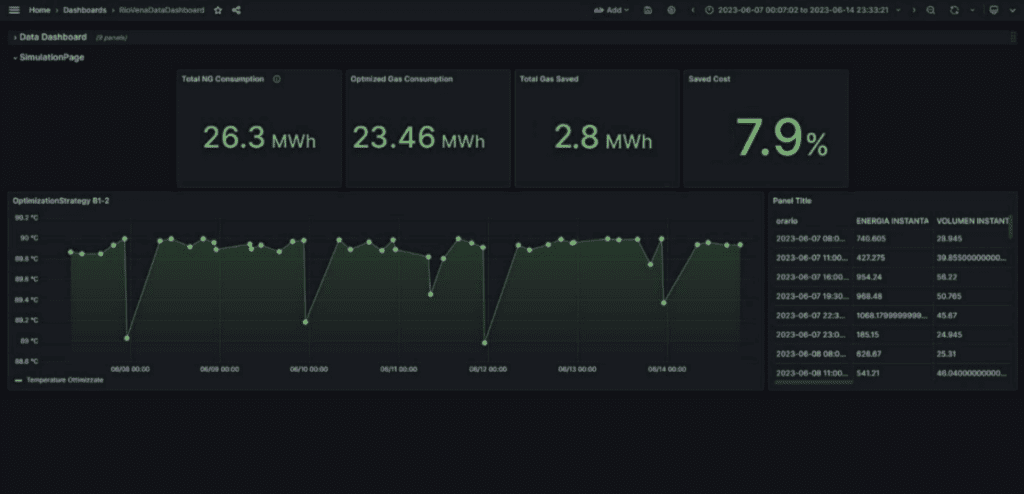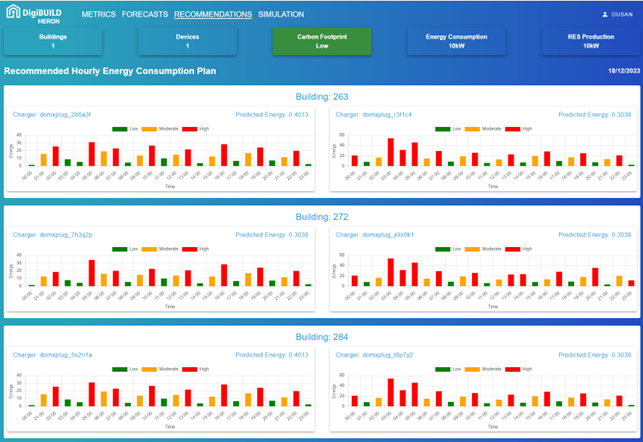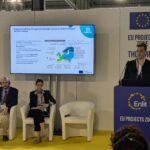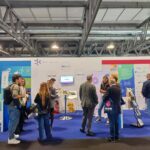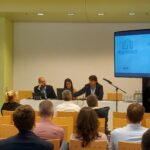The “Beta version” of DigiBUILD Digital Twins suites was delivered in April 2024. It provides all the insights about the main achievements of software artefacts focusing on the new implemented features and underlining the undertaken innovation. The suites provide the following services:
- S4.1.1 Digital Twin for designing future buildings.
- S4.1.2 Digital Twin for optimal energy management.
- S4.2.1 Digital Twin for planning of building infrastructure
- S4.2.2 Digital Building Logbook / Building Passports
- S4.3.1 District Digital Twin
- S4.3.2 District Network Digital Twin
S4.1.1– This service is exploited in Pilot 5b Designing Future Buildings and Building Processes in Industrial Areas owned by FOCCHI. The beta version of this service mainly consists of the Early Warning Engine component that is fully completed and functional.
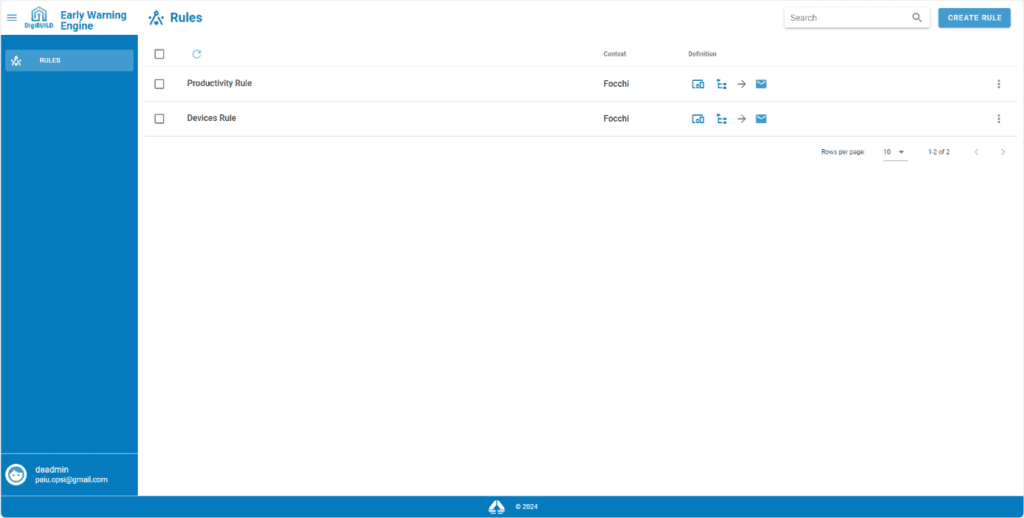
S4.1.2 is developed for two pilots:
- Pilot 5a EV fleet smart charging management to increase office building efficiency owned by EMOT
- Pilot 6 Positive Energy Buildings with Flexible Asset owned by HERON
The DT service developed for EMOT pilot allows the end user to monitor the status of 10EVs and offers day-ahead and real-time recommendations for facility managers on which vehicle to charge, the optimal charging times, and methods.
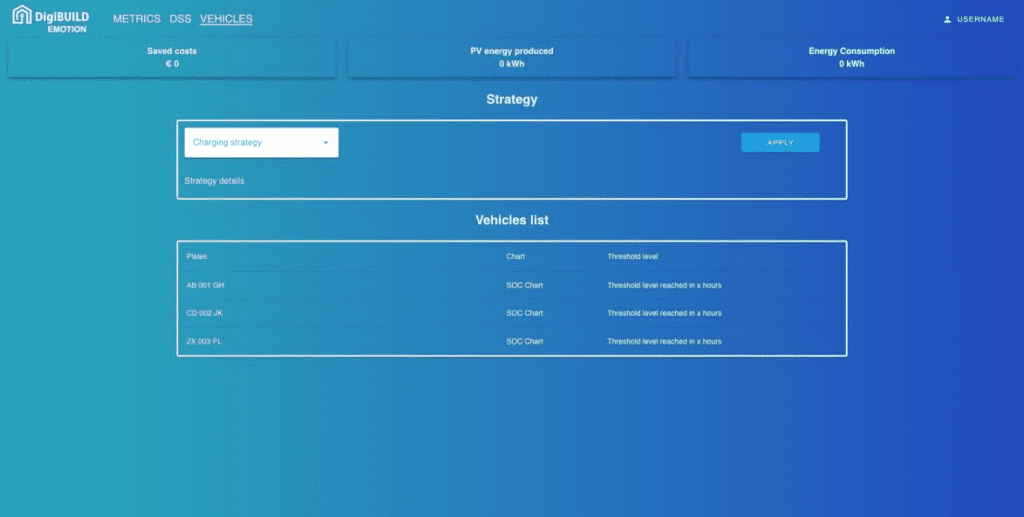
The DT of HERON pilot offers to the building manager several functionalities about the efficient monitoring and management of buildings. Indeed, this DT offers a recommendation system which will suggest to the manager when it will be the best moment to charge EVs to support the grid and reducing CO2 emissions and costs.

S4.2.1 is exploited in Pilot 2 Retrofitting Old Building with Smart HVAC Systems under responsibility of EDF; the current version of the service is a group of tools connected in a sequential protocol to create a Building Energy Model (BEM) starting from a Building Information Model (BIM) format file. The final version of this service will allow different stakeholders involved in the building renovation to plan the renovation activities, assessing the impact on thermal comfort and energy needs of each renovation scenario.

S4.2.2 is related to the development of Digital Building Logbook (DBL). The concept of DBL is usually associated to Digital Twin since it works as booster of Digital Twin construction; the beta version of this service supports the Pilot 7 Climate Resilient Buildings owned by FVH. It is a web application that can be exploited by the different building stakeholders to access to building data under their interest, in an easiest and simplified way. The DBL keeps building information automatically updated and integrates the results from the Business Intelligence analysis (WP3 services).

s4.3.1 District Digital Twin is exploited in Pilot 1 Big Data Analytics for Proactive Facility Management of UCL. The beta version of this service mainly corresponds to the development of the UI featuring a 3D viewer providing an advanced model explorer capable of displaying 3D building data in a hierarchical tree-like format.

S4.3.2 District Network Digital Twin is exploited in VEOLIA pilot composed by two district heating networks namely CP FASA and CP Rio Vena. Therefore, two DTs are developed, one for each district heating. The DT of VEOLIA- CP Fasa offers a simulation environment accessible through the Graphical User Interface which also provides a 2D representation of the district heating.
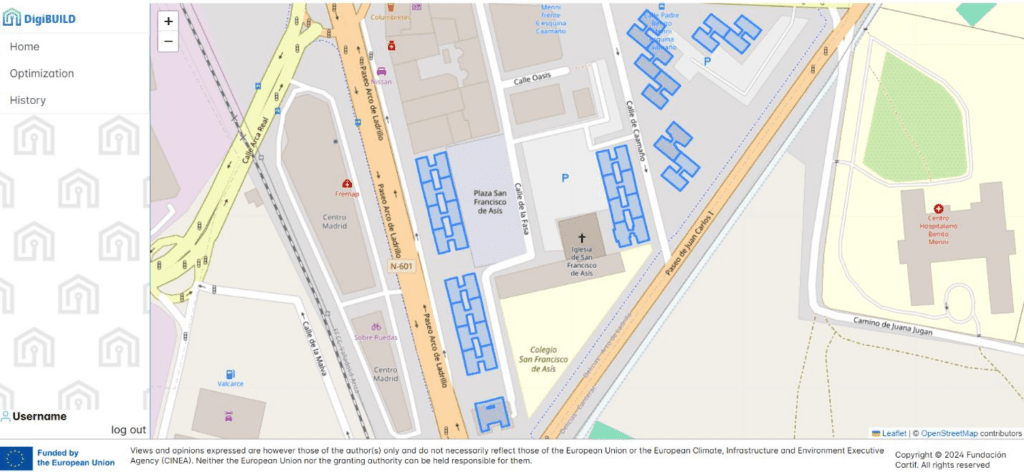
The DT developed for the district heating of Rio Vena allows the DHN Manager to improve operational effectiveness. This DT offers a dashboard showing the most recent data that has been gathered within it useful for monitoring the status of the district; moreover, the DT gives the possibility to the DHN manager to optimize the management of the heating power by acting over the boiler’s temperatures.
